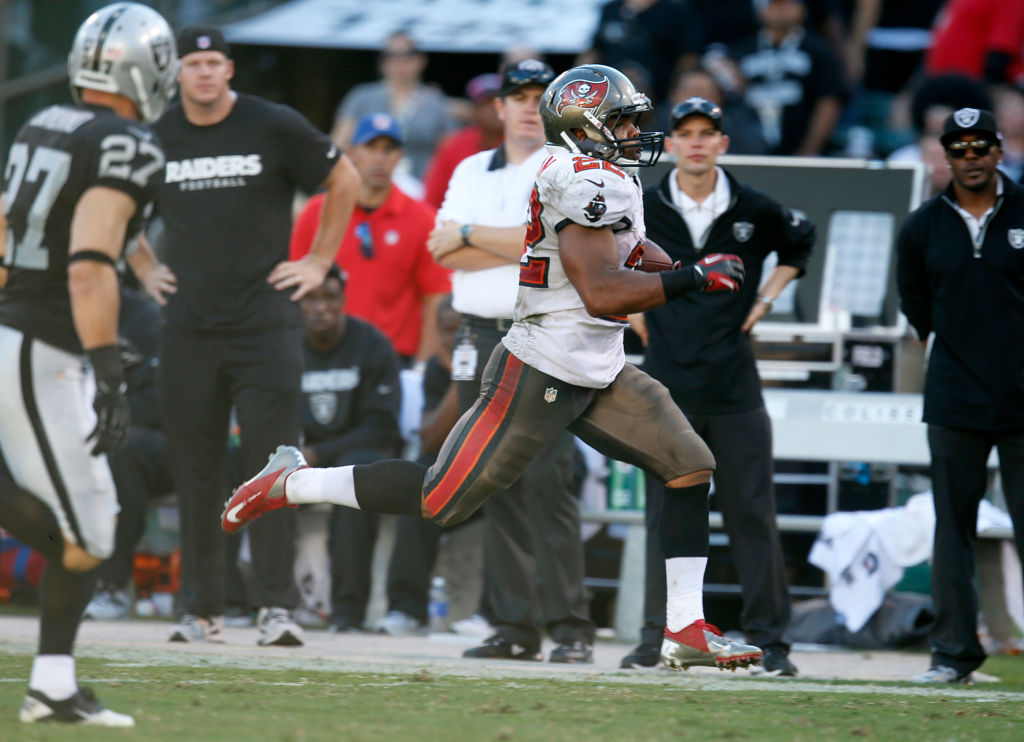Study: Walking Pace Matters For Health Benefits

A new study published in the British Journal of Sports Medicine, says your walking pace matters. The research found that walking at an “average” or “normal” speed of two to three miles an hour was linked to a 15-percent lower risk of type-two diabetes and a “brisk” and “striding” speed doubled that percentage. Studies have also found that walking 15 minutes a day, five days a week, helps boost immunity and lessens sweet cravings. Recent research found that walking seven-thousand steps lowers chances of heart disease by more than half. Walking after eating can help reduce heart disease risk, regulate blood glucose levels and improve sleep.
Benefits of a faster walking pace
- Reduced mortality risk: Fast walking is associated with a much lower risk of premature death, with some studies showing a nearly 20% reduction for those walking briskly for just 15 minutes a day.
- Improved cardiovascular health: A faster pace is more effective at improving cardiovascular efficiency and may even be a stronger predictor of heart disease risk than other lifestyle factors.
- Better cognitive function: Brisk walking is linked to better cognitive function and may help lower the risk of dementia.
- Healthier biological age: A lifetime of brisk walking can be associated with a younger biological age compared to a lifetime of slow walking.
- Improved physical function: Increasing your walking cadence, or step rate, can improve functional capacity, which is important for preserving mobility and preventing falls.
Comparison with slow walking
- Slow walking: A slow walking pace (less than 1.3 mph) can be a sign of declining health. While any walking is better than none, slow walking for more than three hours a day was associated with a much smaller reduction in mortality compared to fast walking for a shorter duration.
- Faster walking pace: A moderate to fast pace is necessary to achieve the most significant health benefits, such as the 20% reduction in overall mortality risk linked to 15 minutes of brisk walking.
How to achieve faster walking
- Aim for 100 steps per minute: A cadence of around 100 steps per minute is a good target for moderate-intensity exercise.
- Break it up: You can split your walk into shorter sessions. For example, two 15-minute brisk walks can provide similar benefits to one 30-minute walk.
- It’s never too late: Even small changes can lead to benefits. For example, introducing a 10-minute brisk walk into a daily routine can increase life expectancy











